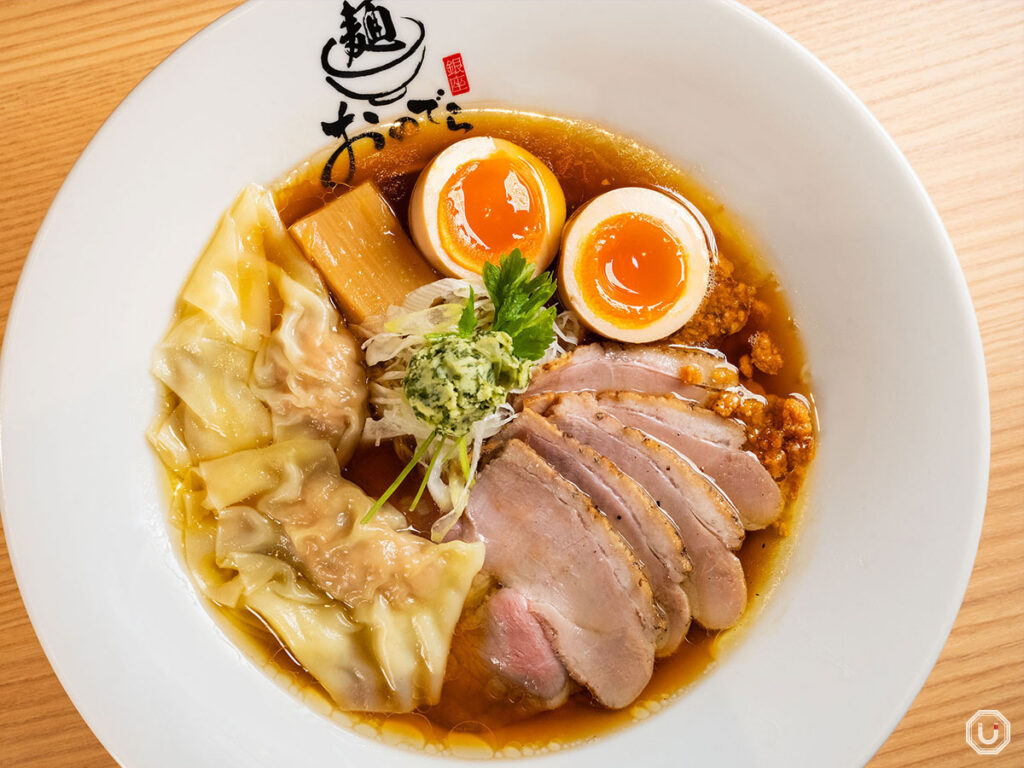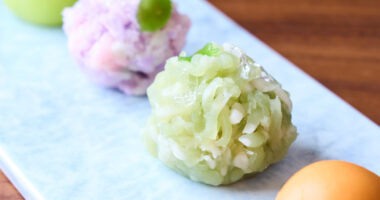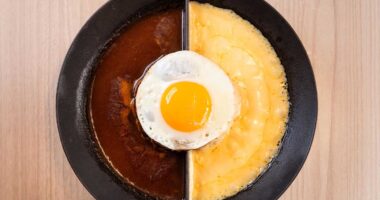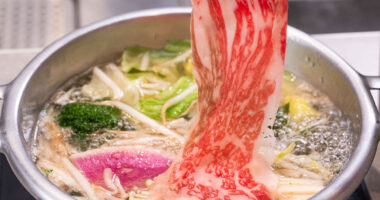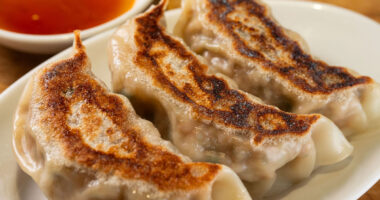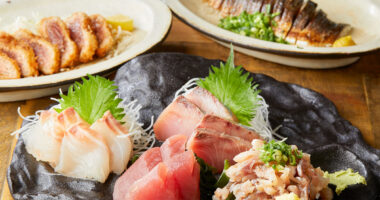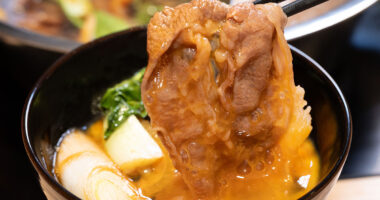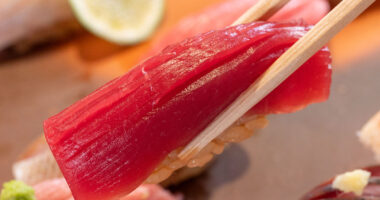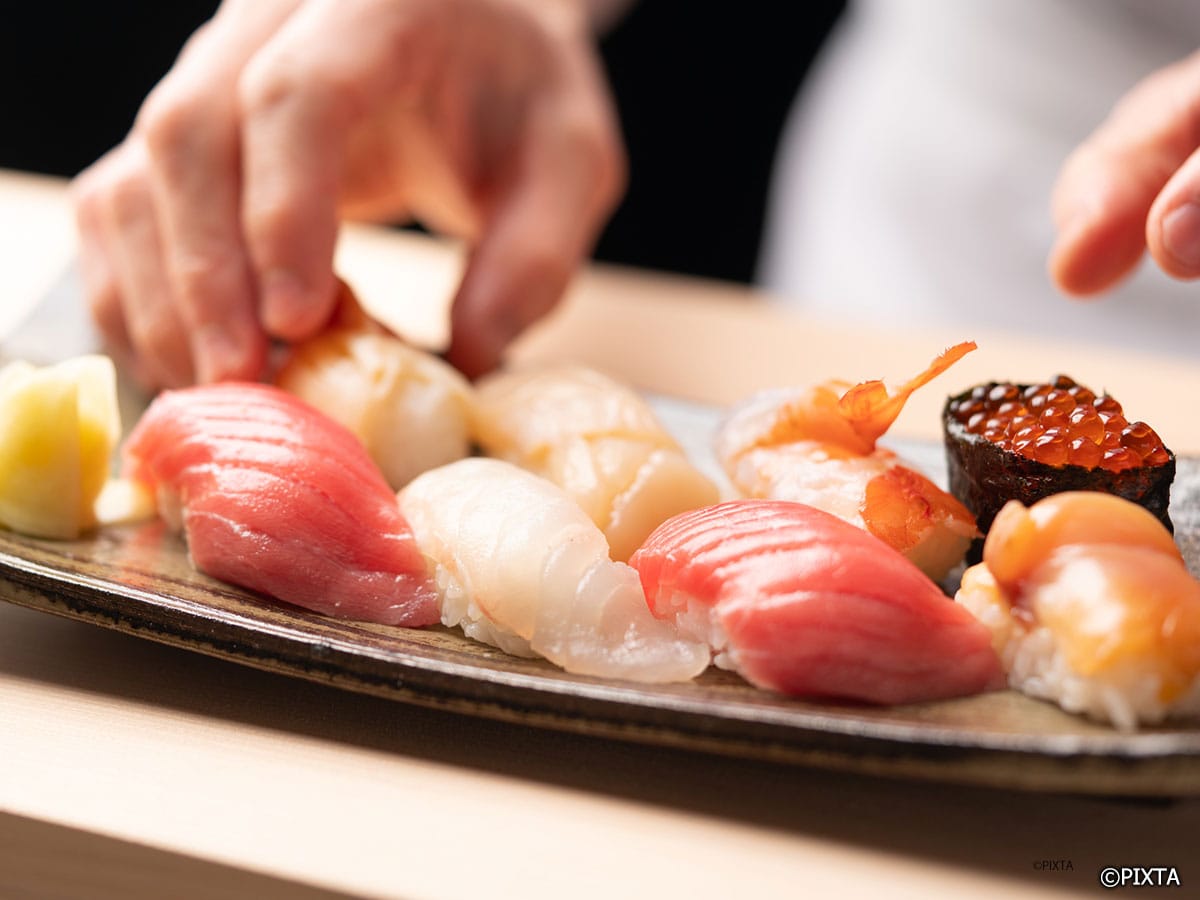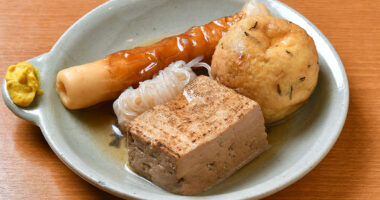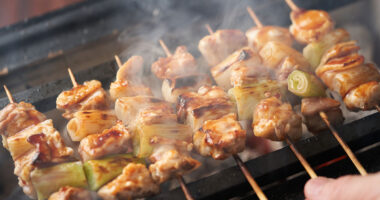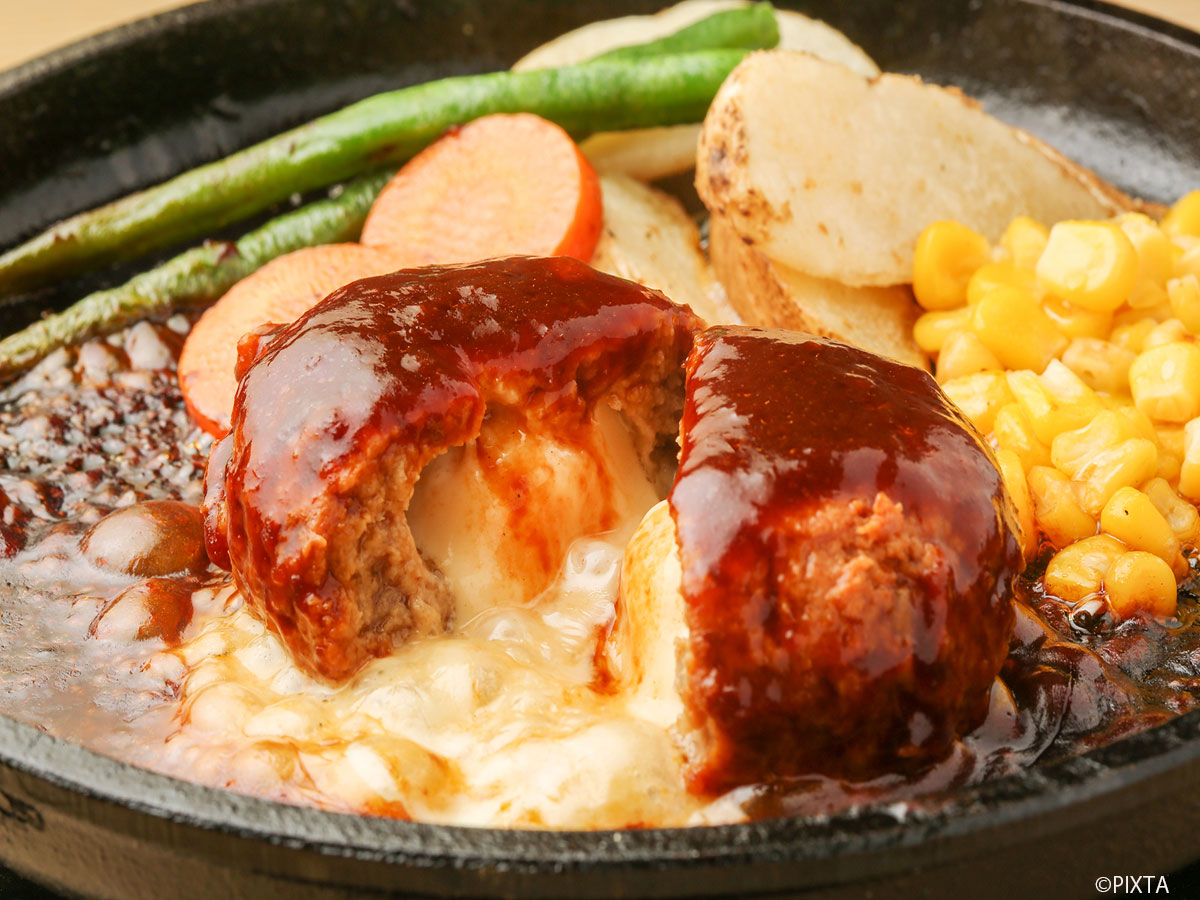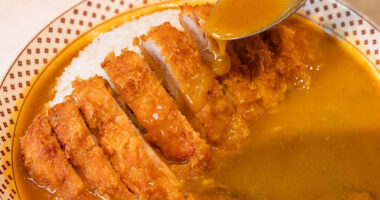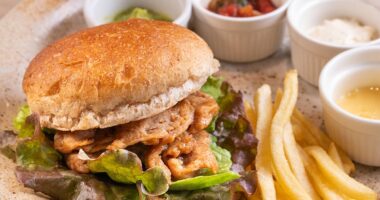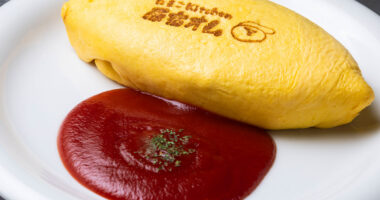Ramen is always evolving. While many are familiar with the four main styles—shōyu (soy sauce), shio (salt), miso (fermented soybean paste), and tonkotsu (pork bone)—there’s a vast world beyond these classics. If you’re new to ramen, consider reading our detailed guide on classic ramen styles.
In Japan, new ramen sub-genres are emerging, capturing the attention of many diners. For insights into regional variations, check out our regional ramen guide. Below, we explore some of the most intriguing modern styles you might encounter today.
Chicken-based ramen
Chicken is an increasingly popular focal point in the ramen world. Below are two distinct varieties dedicated to poultry-based broths.
Tori Paitan
Tori paitan literally means “white chicken broth,” referring to referring to a white, milky appearance achieved by simmering chicken bones at high heat. This process releases collagen and fat, creating a thick, rich consistency reminiscent of tonkotsu but with a milder taste.
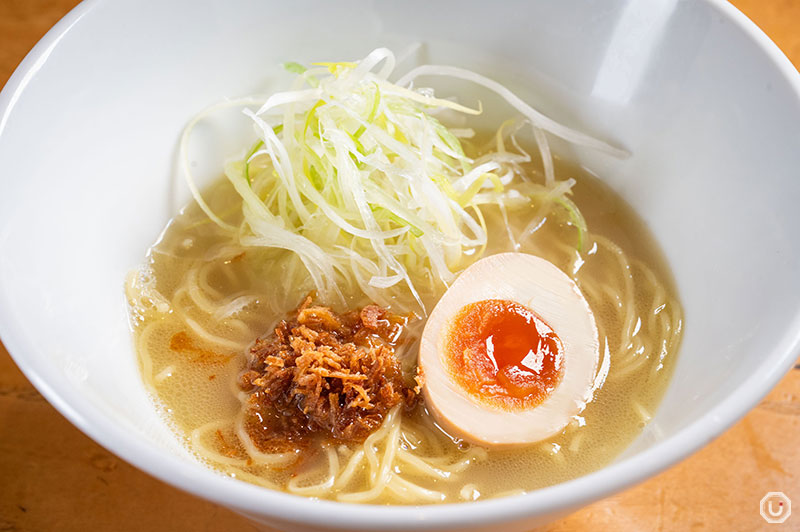
Tori paitan-style “White Chicken Broth Salt Ramen” at Ueno Torifuku in Ueno, Tokyo
Tori Chintan
Tori chintan means “clear soup chicken broth,” distinguishing it from the opacity of tori paitan. Gently simmering chicken bones at a lower temperature allows the broth to remain transparent, drawing out a delicate yet deep chicken flavor.
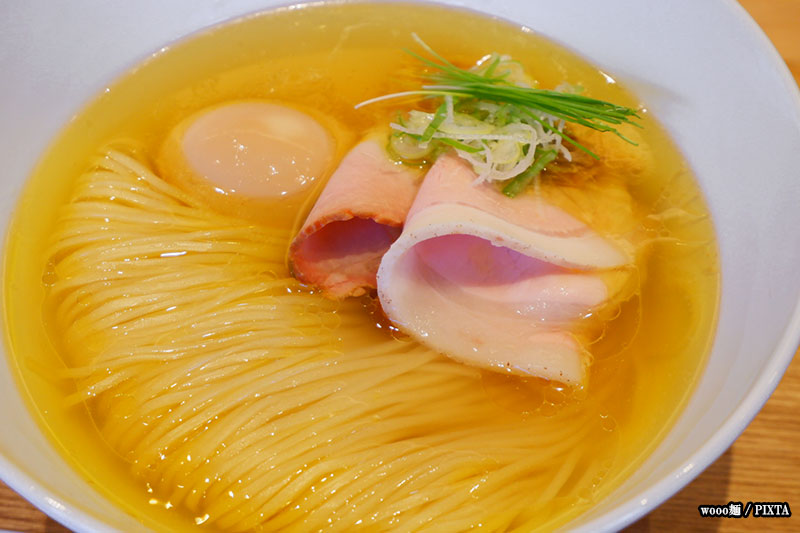
Photo for illustrative purposes
Seafood-based ramen
Dried seafood ingredients have long been used in various types of ramen. More recently, fresh seafood has also taken center stage.
Dried seafood broth
Ramen made with dried fish such as niboshi (dried sardines) or bonito imparts a sharp, oceanic depth to the broth. These fish-based broths often pair well with soy sauce for an extra umami boost, resulting in a bold, slightly bitter profile that appeals to fans of brinier flavors. You’ll also encounter ramen featuring dried shrimp and other dried seafood ingredients across a wide range of ramen styles.
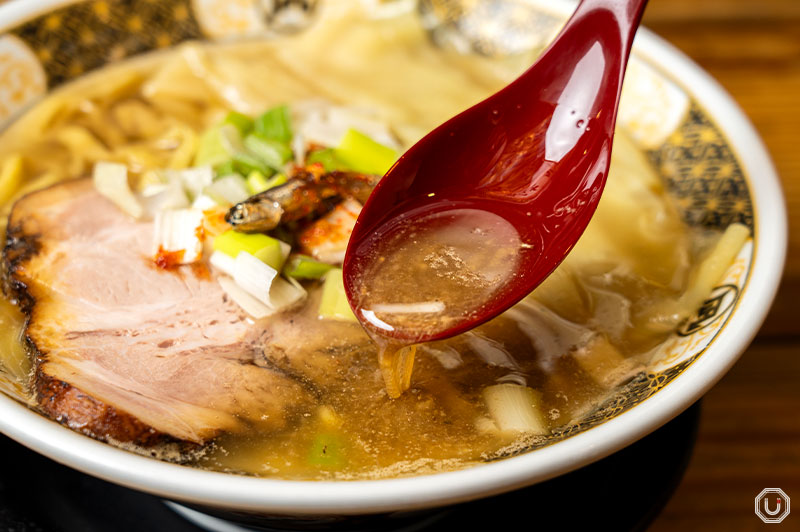
The “Unbelievable NIBOSHI Ramen” at Ramen Nagi Shinjuku Niboshi Golden-gai Honkan in Shinjuku, Tokyo
Fresh seafood broth
Fresh seafood ramen often falls under the tanrei-kei category, meaning “light and refined style.” Typically featuring a clear broth, it highlights the delicate sweetness of fish such as tai (sea bream). Creamy, more indulgent variations also exist, featuring salmon or other seafood like oysters and uni (sea urchin), offering a richer twist on ocean-inspired flavors.
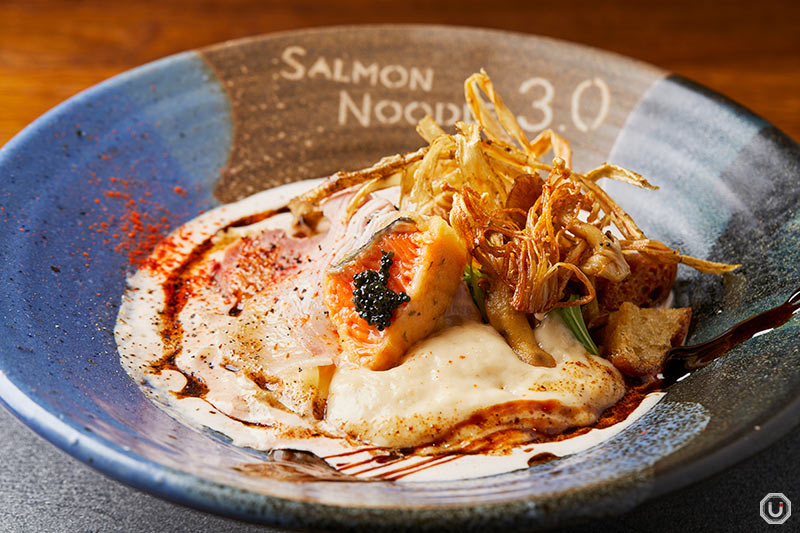
“Porcini Salmon Ramen” at Salmon noodle 3.0 in Kagurazaka, Tokyo
Tonkotsu gyokai
Tonkotsu gyokai (sometimes written as gyokai tonkotsu) is a fusion of tonkotsu and seafood. It combines the creamy, collagen-rich appeal of pork bone broth with elements such as niboshi or bonito flakes, adding extra umami depth. The result is a broth that’s both rich and intensely savory.
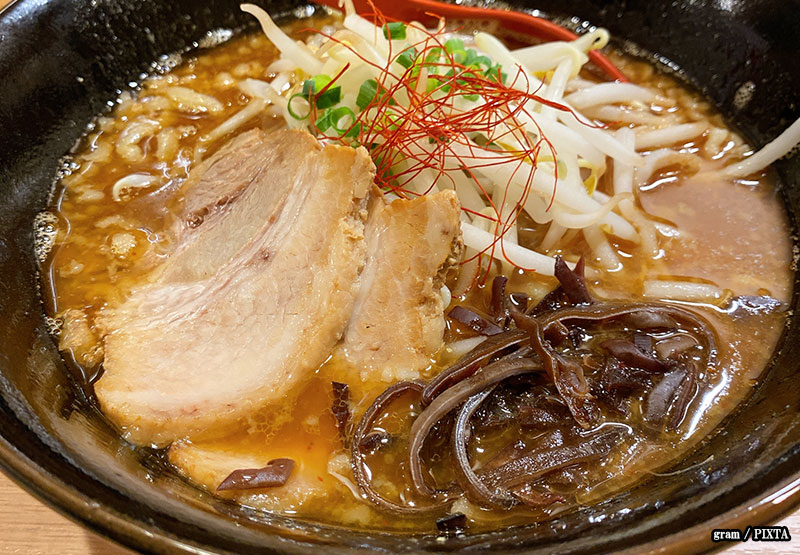
Photo for illustrative purposes
Chan-kei
Chan-kei refers to a group of shops registered under the “Chan Noren Union” which aims to collaboratively develop chūka soba (literally, “Chinese noodles,” and used interchangably with ramen). Though each location varies in its exact recipe, ramen in this lineage typically respects classic techniques while introducing certain shop-specific twists. It offers a comforting, familiar taste that still stands apart from other ramen varieties.
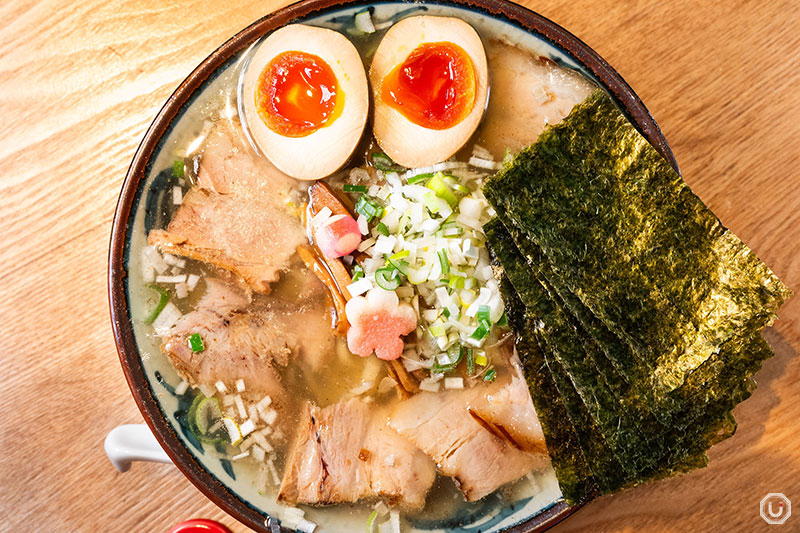
The “Special Ramen” at Ginza Haru-chan Ramen in Ginza, Tokyo
Ie-kei
Ie-kei, meaning “house-style,” originated in Yokohama, blending tonkotsu with shoyu. This ramen features thick, typically straight noodles in a bold, savory broth, and is usually topped with spinach, nori, and chāshū (Japan’s version of char siu). Many shops allow diners to customize the broth’s richness, oil level, and noodle firmness for a personalized experience.
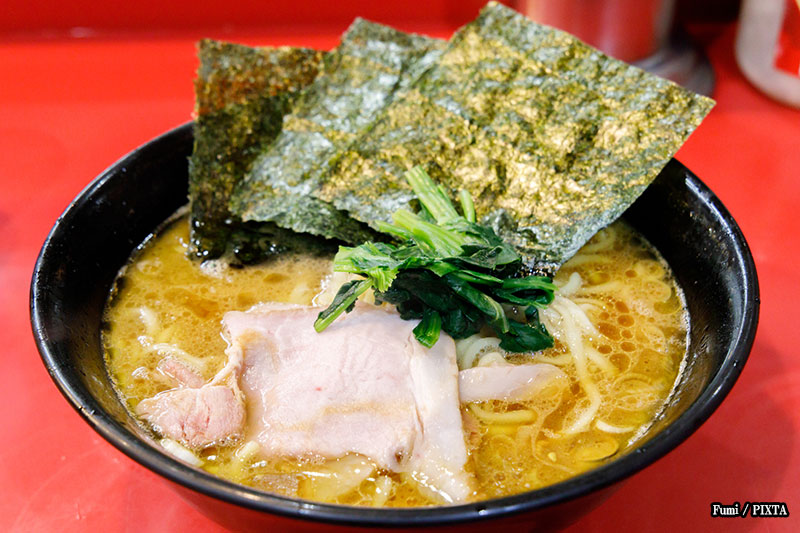
Photo for illustrative purposes
Jirō-kei
Jirō-kei, or “Jiro-style,” traces back to the famous Ramen Jiro shop in Tokyo. Known for immense portion sizes, thick and chewy noodles, and a rich, garlicky soy-based pork broth, it typically features bean sprouts and cabbage piled high. Toppings such as raw garlic, pork back fat, and thick chashu slices complete the experience. You should keep in mind that even when “small” size bowls are available, they can be as large as the regular bowls of other ramen establishments.
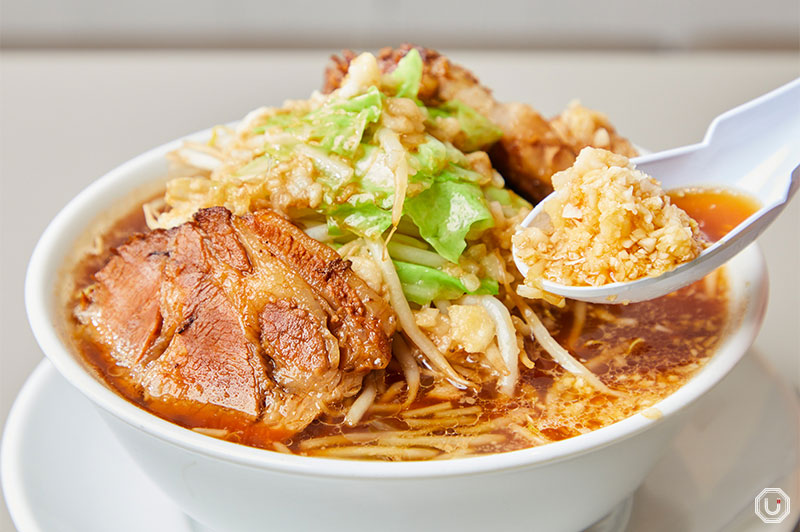
The “Tsuminaki Jiro” at Fuuki Noodle Factory Roppongi in Roppongi, Tokyo
Tantanmen
Though not new, tantanmen remains a popular style that continues to evolve. Japan’s take on Sichuan dan dan noodles typically features a creamy sesame- or nut-based broth (often peanut or cashew) infused with chili oil. Spice levels vary by shop, but most versions balance heat with a nutty depth. Shops committed to Sichuan authenticity may include numbing peppercorns, while ground meat and pickled mustard greens commonly top the bowl.
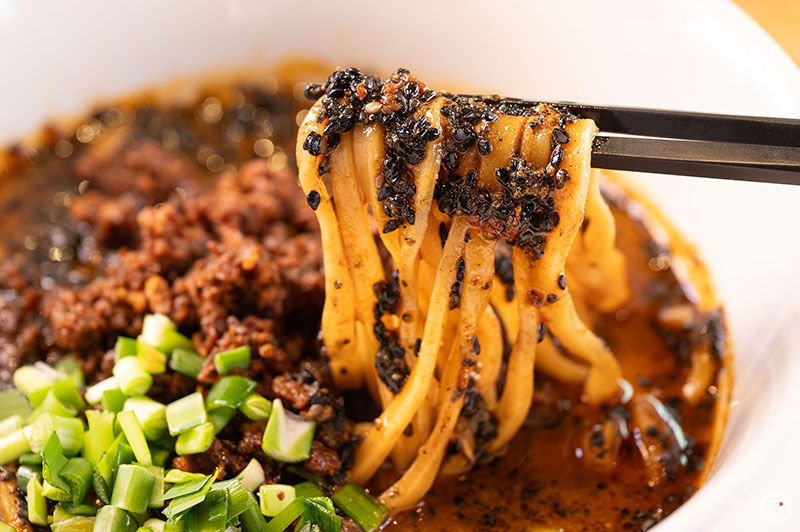
A bowl of “Black Sesame Tantanmen” at Souryutougyokudo Roppongi in Roppongi, Tokyo
Tsukemen and Maze-Soba
Both tsukemen (“dipping noodles”) and maze-soba (“mixed noodles”) differ from typical ramen primarily in the way noodles interact with broth or sauce.
Tsukemen
Tsukemen serves noodles separately from the soup, allowing diners to dip thick, chewy noodles into a concentrated broth. Often based on pork or fish, this dip carries an intense, savory punch that stands out from standard ramen.
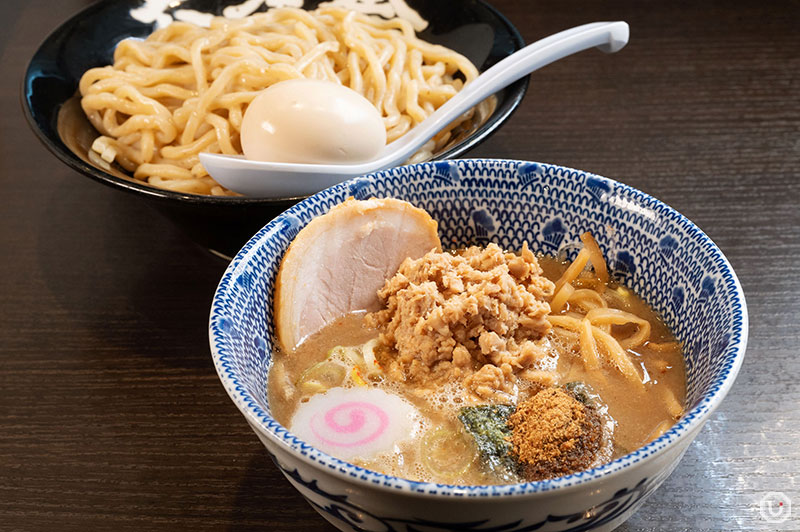
The “Special Dip noodles” at Rokurinsha Ueno in Ueno, Tokyo
Maze-Soba
Maze-soba replaces soup with a thick sauce and toppings like ground pork, egg yolk, scallions, and garlic. Diners mix everything together to create a bold, umami-rich bite. “Soba” here refers simply to ramen-type noodles, not buckwheat.
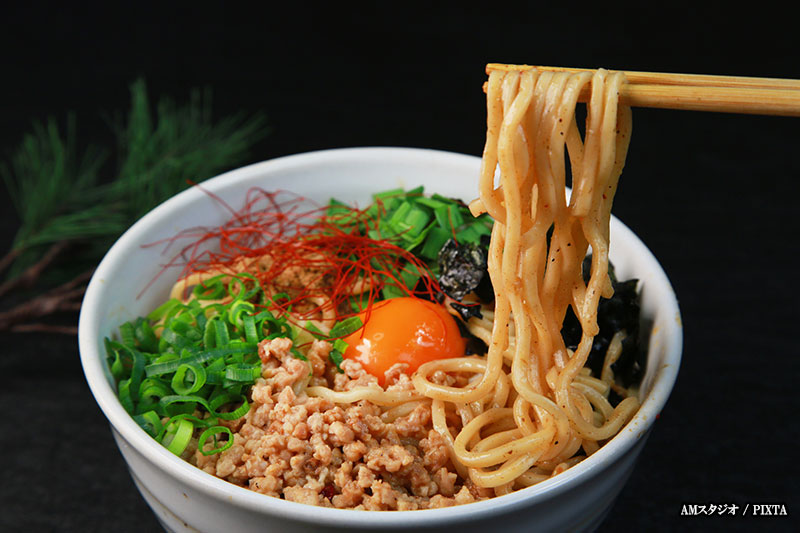
Photo for illustrative purposes
Halal ramen
Halal ramen caters to diners who follow Islamic dietary laws, replacing pork-based broth with chicken, beef, or seafood. Seasonings, toppings, and noodles are carefully sourced to ensure full halal compliance. Popular halal ramen shops often attract a diverse crowd, not limited to Muslims, highlighting this style’s broad appeal.
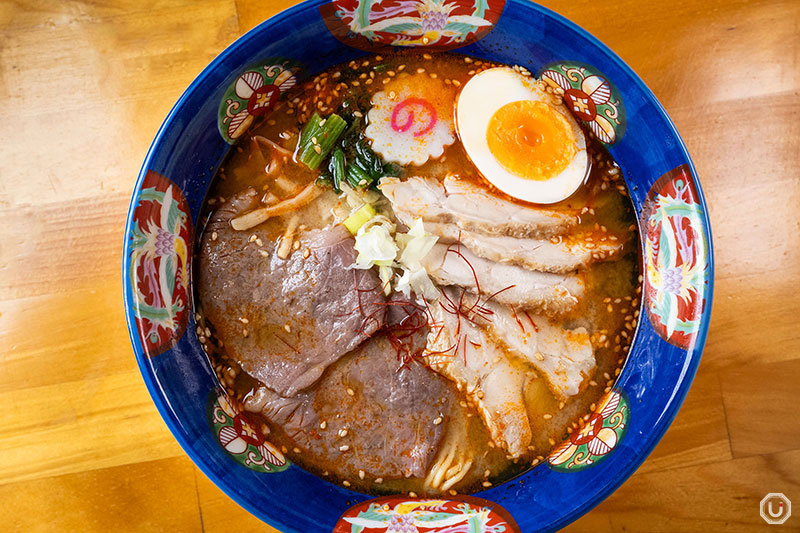
“WAGYU×CHICKEN RAMEN (WAGYU 2/CHICKEN 5)” ramen at Halal Ramen Shinjukutei Yotsuya in Yotsuya, Tokyo
Vegan ramen
Vegan ramen relies on plant-based ingredients—such as mushrooms, kombu (kelp), soy milk, or sesame—to build layers of umami without any animal products. Toppings like tofu, seasonal vegetables, and chili oil add both texture and richness, proving that flavorful ramen can thrive without traditional meat-based broths.

“Vegan Ramen” at Asakusa Nadai Ramen Yoroiya in Asakusa, Tokyo)
Western-influenced ramen
Some ramen shops experiment with Western ingredients, incorporating cheese, red onions, tomato, porcini mushrooms, olive oil, or truffle oil. They may also adopt certain French or Italian techniques. Often grouped under shinka-kei (“evolved” or “next-level” ramen), these bowls push culinary boundaries while preserving ramen’s core identity.
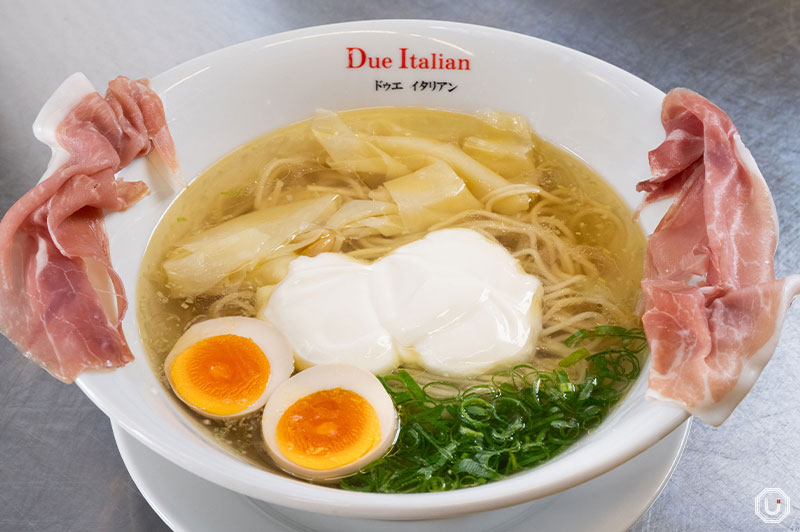
The “Special Topping Cheese Ramen” at Fromage Due Italian TOKYU PLAZA SHIBUYA in Shibuya, Tokyo
Though not an exhaustive list, these styles represent some of the most popular ramen sub-genres as of January 2025. The scene continues to evolve, so whether you’re looking for a creamy and savory broth, a refined seafood soup, or a spicy nutty variation, there’s always something new waiting for you to explore.
